Border forests are natural boundaries, often stretching across mountain ranges, streams, with complex terrain and difficult roads. This feature makes patrolling and controlling difficult. Many people take advantage of the geographical distance to illegally exploit timber, hunt wild animals or burn fields. In recent years, communes in the province have signed regulations on coordination in managing and protecting border forests; established interdisciplinary teams and community forest protection teams to conduct regular patrols.
Provincial forest rangers discussed forest protection plans.
Typically, at Xuan Son National Park, every year, the unit coordinates with Xuan Son National Park Forest Protection Department, Tan Son Forest Protection Department, Da Bac Forest Protection Department, and Forest Protection Department of Region V (Son La province) to sign a coordination regulation with the following contents: organizing patrols, inspections, sweeps, and handling illegal deforestation, hunting, trapping, and capturing of wild animals; monitoring forest developments; exchanging two-way information, approaching people in border areas to propagate, mobilize, share, and provide scientific and technical guidance in production; encouraging the community to participate in the fight and denounce violations of regulations on forest protection in the area. Whenever signs of deforestation or forest fires are detected, information is immediately reported via the internal communication system, ensuring timely handling. Thanks to this mechanism, in recent years, violations of the Forestry Law have decreased, and many violations have been prevented early.
Not only relying on the forest rangers and the government, the movement of the whole people participating in forest protection has also been effective. Households living along the forest, especially the Muong and Dao ethnic groups, have been encouraged to sign a commitment to protect the forest, linking responsibility with long-term benefits. Some places have also formed "forest protection conventions", considering forest protection as a common regulation of the community. At the same time, projects to support sustainable livelihoods for people in border areas have also been implemented. Instead of clearing forests for farming, people are encouraged to grow medicinal plants under the forest canopy, develop hill-grazing livestock or cooperate in planting large timber forests. Many households participate in cinnamon and acacia planting models for stable income, thereby no longer depending on natural forest exploitation. The policy of paying for forest environmental services also contributes to increasing income, encouraging people to participate in forest protection more effectively.
A notable point is the application of science and technology in border forest management, which has been implemented by the Forestry Department and Provincial Forest Rangers with a satellite monitoring software system through the use of flycams and AI-integrated cameras to monitor forest fires. Thanks to that, the detection of hot spots and affected areas becomes quick and accurate. In addition, training and professional development for forest rangers, specialized forest protection forces and communities are conducted regularly and continuously to help the forces have enough skills to handle situations.
Tam Cuu Forest Ranger Station officers discussed with local people about border forest protection work.
However, the work of protecting the border forests still faces many difficulties. Some people still secretly enter the forest to collect firewood and small timber for a living; the terrain is difficult, the patrol route is long, and the force is thin. Especially in the dry season, the risk of forest fires is high, just a careless spark can cause great damage. The commune authorities and forest rangers have stepped up propaganda, instructed people to clear the ground cover, build firebreaks, prepare adequate fire prevention and fighting equipment, and maintain 24/24-hour guard duty during peak periods.
It can be said that joining hands to protect border forests is not only a task of resource management, but also a responsibility to preserve the ecological environment, ensure livelihoods and security and order in the highlands. The results in recent times are evidence of the synchronous participation of the entire political system and the people. The joint efforts and consensus between the forest rangers, the government and the local people have become the key factor to keep the forest green, protecting the "lungs" of the province.
Hoang Huong
Source: https://baophutho.vn/chung-suc-giu-rung-giap-ranh-240519.htm


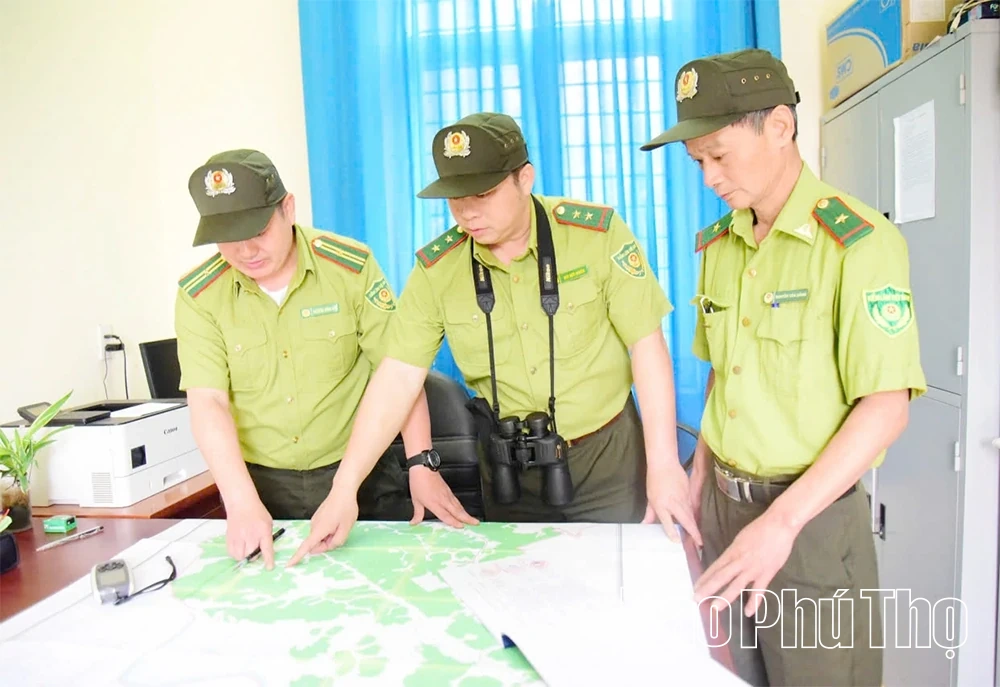
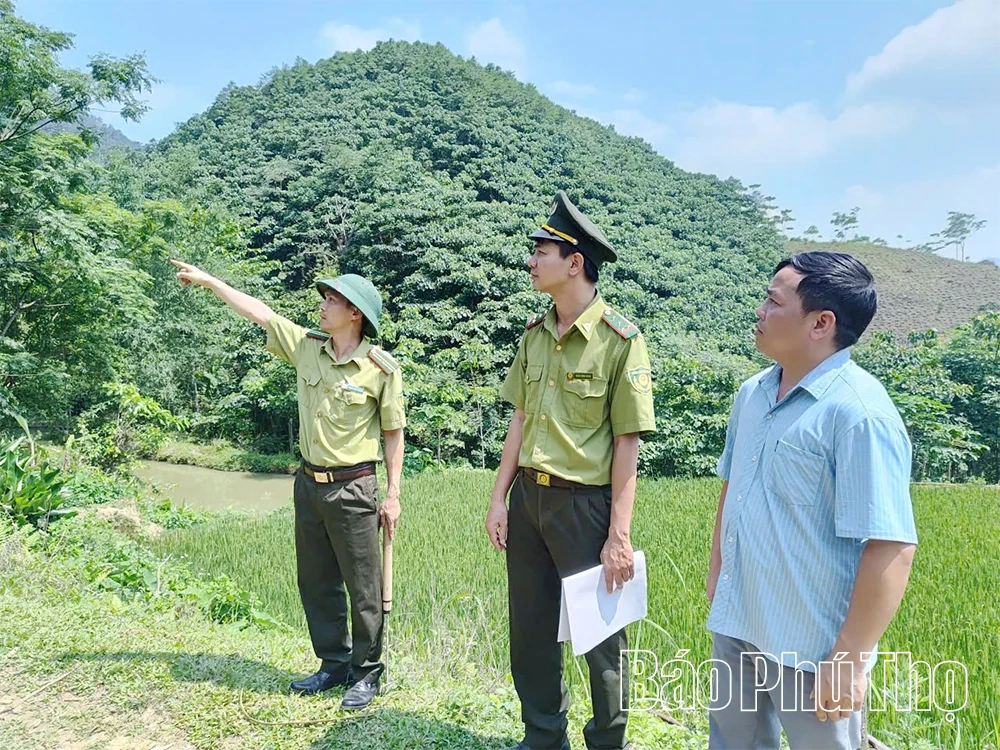


![[Infographic] Notable numbers after 3 months of "reorganizing the country"](https://vphoto.vietnam.vn/thumb/1200x675/vietnam/resource/IMAGE/2025/10/4/ce8bb72c722348e09e942d04f0dd9729)
![[Photo] General Secretary To Lam attends the 8th Congress of the Central Public Security Party Committee](https://vphoto.vietnam.vn/thumb/1200x675/vietnam/resource/IMAGE/2025/10/4/79fadf490f674dc483794f2d955f6045)


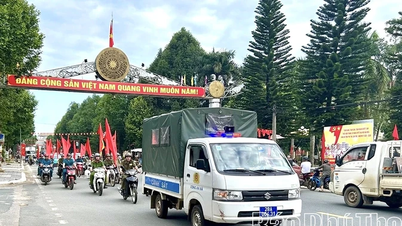

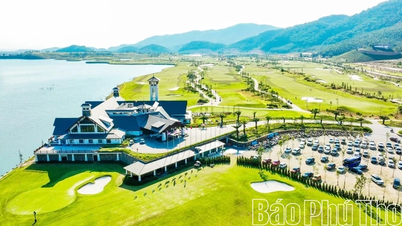
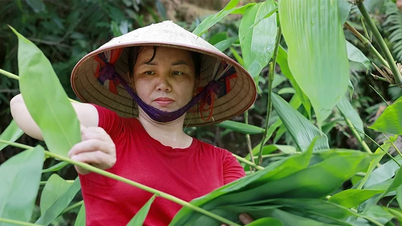
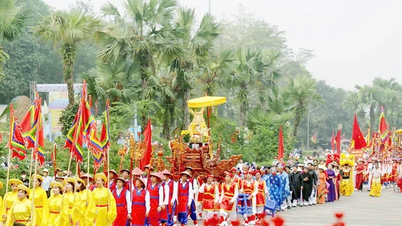

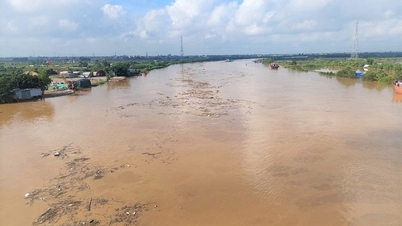



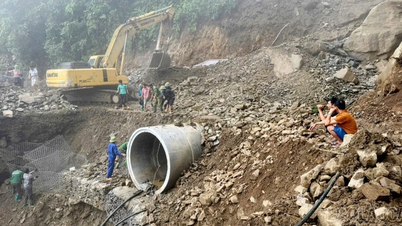











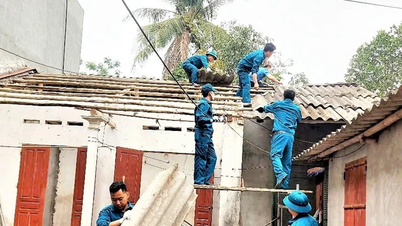
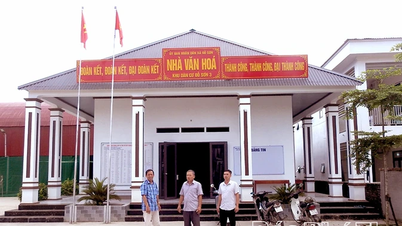


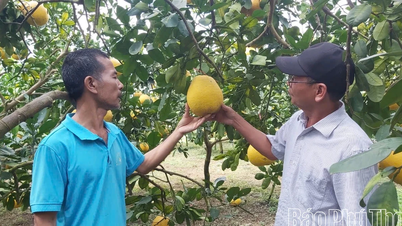

![[Photo] Prime Minister Pham Minh Chinh chairs meeting to deploy overcoming consequences of storm No. 10](https://vphoto.vietnam.vn/thumb/1200x675/vietnam/resource/IMAGE/2025/10/3/544f420dcc844463898fcbef46247d16)
![[Photo] Students of Binh Minh Primary School enjoy the full moon festival, receiving the joys of childhood](https://vphoto.vietnam.vn/thumb/1200x675/vietnam/resource/IMAGE/2025/10/3/8cf8abef22fe4471be400a818912cb85)














































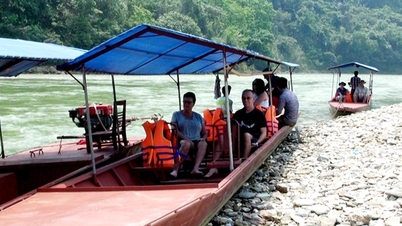


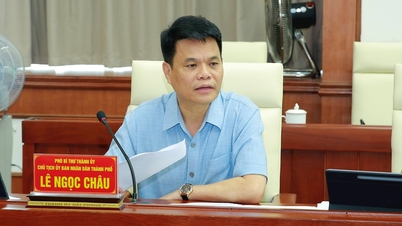
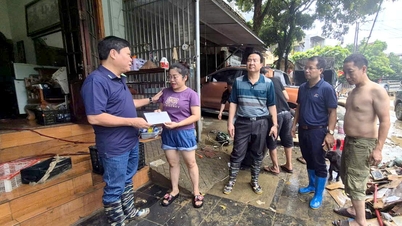



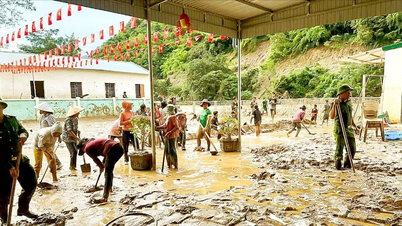

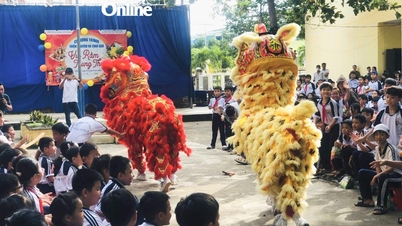

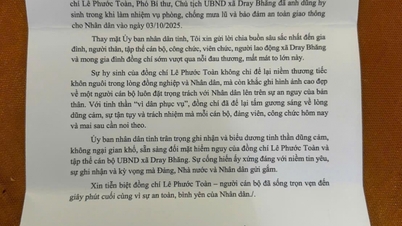













Comment (0)